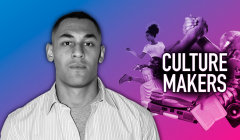
‘Subculture is the most powerful tool we have’
Louis Persent, Co-Founder and Creative Director at Weirdo on the power of embracing the niche

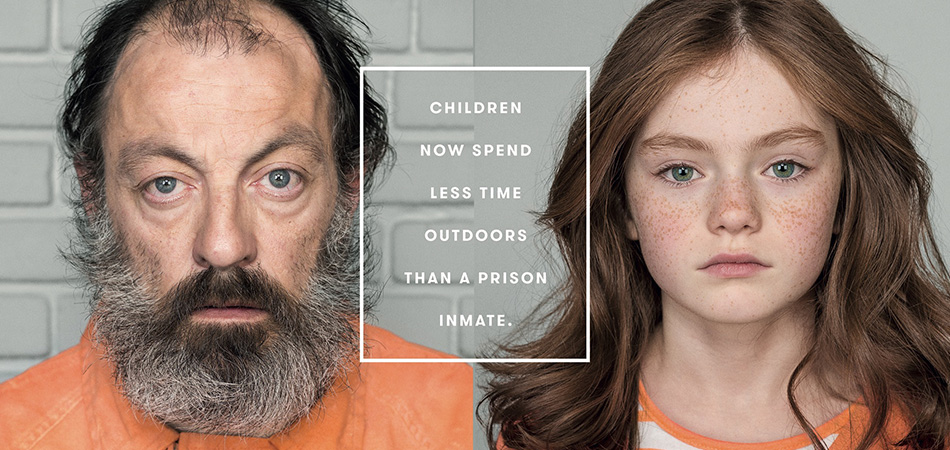
How do brands build genuine, human relationships when so much communication is done through a screen? It comes from realising that there is an expanse of digital possibilities available, from the hidden depths of dark social, to strategic spontaneity, and the power of ‘influencers’.
There are greater opportunities to connect with an audience, and with one another. But with so many platforms, how do brands choose the right ones? Good PR will ensure your story appears in front of the right audience, and not end up aligned with an unfounded hate campaign.
“Brands need to embrace an earned mentality in their communications and marketing. Innovation is essential. But so is a heavy dose of old-fashioned storytelling, and a strong connection to the culture of the moment.” Serge Vaezi, Chief Strategy and Creative Officer, Ogilvy PR.
As humans, we are drawn to a narrative and to the story being told. You can create as pioneering a campaign as you like, but if there is not a wonder-inducing story at its heart, people will quickly lose interest. Build a story that people feel a part of and will want to talk about.
“[PR] means building real solutions for real problems, and starting revolutions rather than selling products. We need to establish movements that customers can join and then shape.” Alex Myers, Founder and Chief Executive at Manifest.
Below we’ve picked out the key trends driving the evolution of storytelling, and brought them to life through some of the most creative and effective campaigns.
Ed Woodcock, Founding Partner at Aesop said, “The truth is storytelling is zombie-like; it refuses to die. The technologies we use to tell those stories are changing fast, but our brains still seek out timeless narrative patterns as much as our ancestors did.” So, we shouldn’t be surprised that McDonald’s have recently opened job adverts for people they are calling storytellers, aiming to pull together a team focused on creating a narrative for the fast food restaurant.
Building a meaningful narrative can result in discovering a purpose that extends beyond a product or service. Originating from the central idea that ‘Dirt is Good’, Persil fashioned a powerful story for their campaign with Edelman, Free the Kids. They realised that children were getting less time outside per day than inmates at a maximum-security prison. So, they set about to change that, by encouraging parents to help children reclaim childhood.
The outdoor retailer REI, with their 2015 Black Friday campaign #OptOutside, led by Venables Bell & Partners created a story that people wanted to be part of. They closed their stores and the brand encouraged staff and customers to get outside, and tell everyone about it. The hashtag earned a total of 6.7 billion media impressions and generated 1.2 billion social impressions.
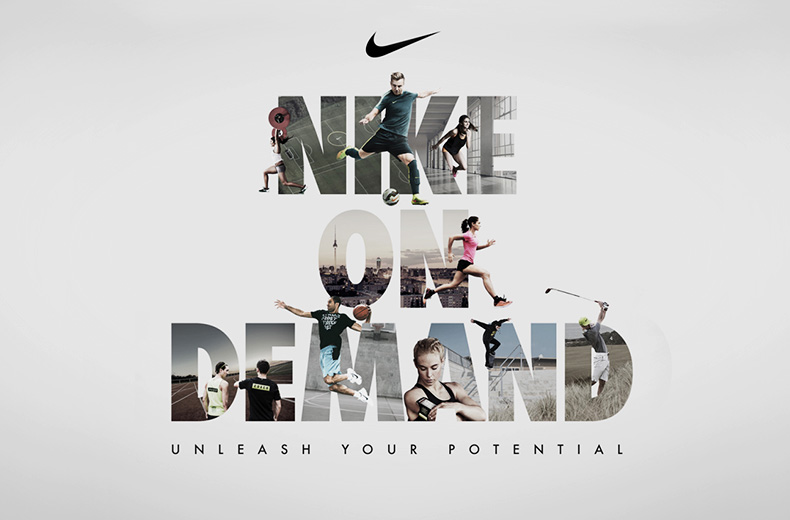
Social media gives brands the means to have a continuous and rapid conversation with their customers. As the consumer, you can talk back to brands and justifiably expect a response, allowing brands to create personal relationships at scale.
R/GA London’s latest campaign for Nike, On Demand, is a human service offering one-to-one advice over WhatsApp, keeping athletes engaged and connected. The service allows for a direct conversation between the athlete and Nike trainers, creating relevant and tailored content.
During the BBC’s Charter Review, Unity reminded people how great the cultural institution really is with their #BBCMoments campaign. They asked fans for their most memorable moments, and then hosted the public’s entries on a Tumblr page along with their personal favourites. The campaign had a social reach of 31 million and moved people to engage with the future of the BBC.
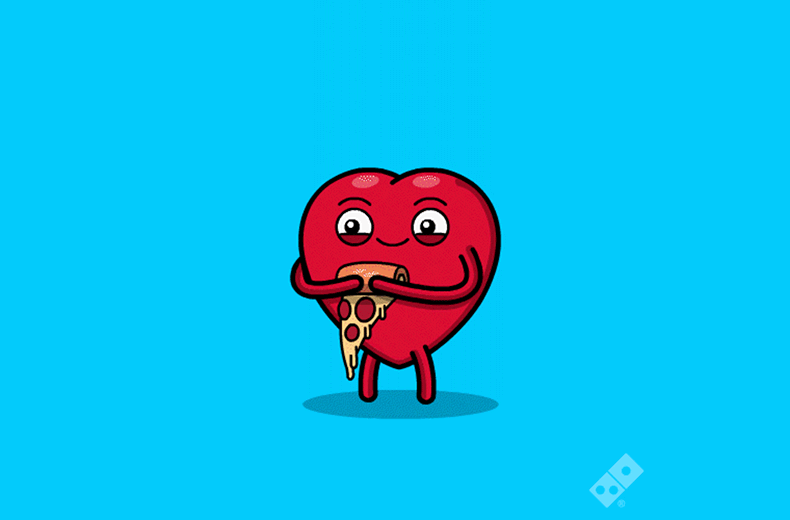
Dark social was a term coined by Alexis C. Madrigal, a contributing editor to the Atlantic. It is an area of digital comms that cannot be tracked; think WhatsApp, Facebook Messenger or email rather than public social media pages. Companies have started to realise the value of acting on platforms that can’t be monitored by existing analytics.
John Doe utilised dark social for a collaboration between adidas Originals and Stormzy, where the artist tweeted a mobile number and encouraged his fans to text him with their name and location. Chosen fans were invited to an exclusive event, where they met Stormzy and got to step into the campaign, personalising it and, in turn, becoming part of the story.
After realising that their audience were all using messaging apps to stay connected, Iris created GIFEELINGS for Domino's. They designed a collection of 67 GIFs allowing customers to express all their feelings about pizza. Because of the way dark social operates, there are no hard stats about the number of times the GIFs have actually been used. But, since launching in April 2016, they have been viewed almost 146 million times, giving the customers the means to do the marketing for themselves.
No longer just reliant on pre-planned ad campaigns, brands are expected to be able to turn around ads in a matter of hours rather than months. But even those moments of spontaneity can be premeditated, as We Are Social demonstrated with their Adidas coverage of the 2014 World Cup. They prepared 1,000 images and 160 videos anticipating the live outcomes so that they could post them in real time. Subsequently, they became the most talked about brand at the World Cup.
During an interview with Radio 1, Harry Styles revealed that he was obsessed with brussels sprouts and felt that they would soon be “the new kale”. Sainsbury’s responsive Tweet read, ‘Move over kale, @Harry_Styles says sprouts are THE ONE. Guess it’s just a #signofthetimes’, with an accompanying image. A playful nod to the moment.
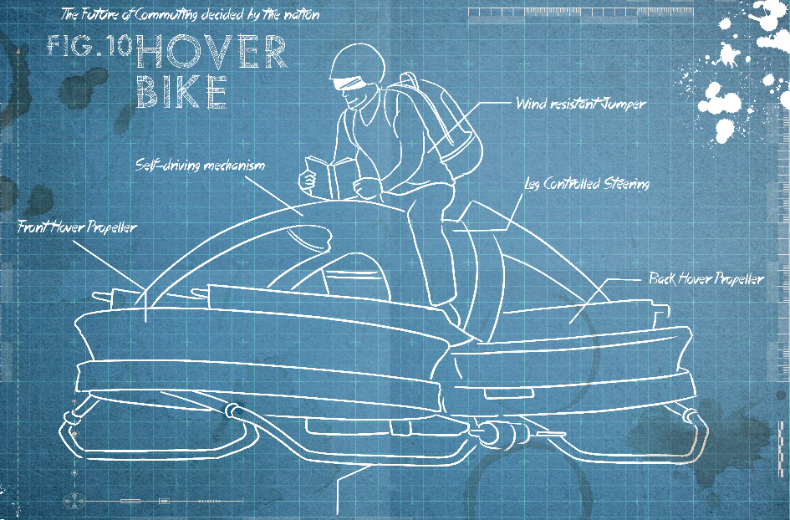
Kids today aspire to be ‘influencers’, but why not when it can get you your own beauty brand. Facebook and YouTube are convincing more of their stars to start posting live, giving them a potential audience of 2 billion people. Brands can no longer just hand ‘influencers’ a product and expect them to sell it to their audience. The best campaigns are mutual ones.
The latest Ford campaign from Ogilvy PR, #Unlearn, demonstrated the simple power of an influencer. They asked the YouTube star Colin Furze to challenge his followers to Unlearn Mobility. The result was the world’s first homemade hoverbike. A launch video generated 18 million views and over 20,000 comments and Colin’s YouTube subscribers doubled, to over 4 million.
Looks like you need to create a Creativebrief account to perform this action.
Create account Sign inLooks like you need to create a Creativebrief account to perform this action.
Create account Sign in